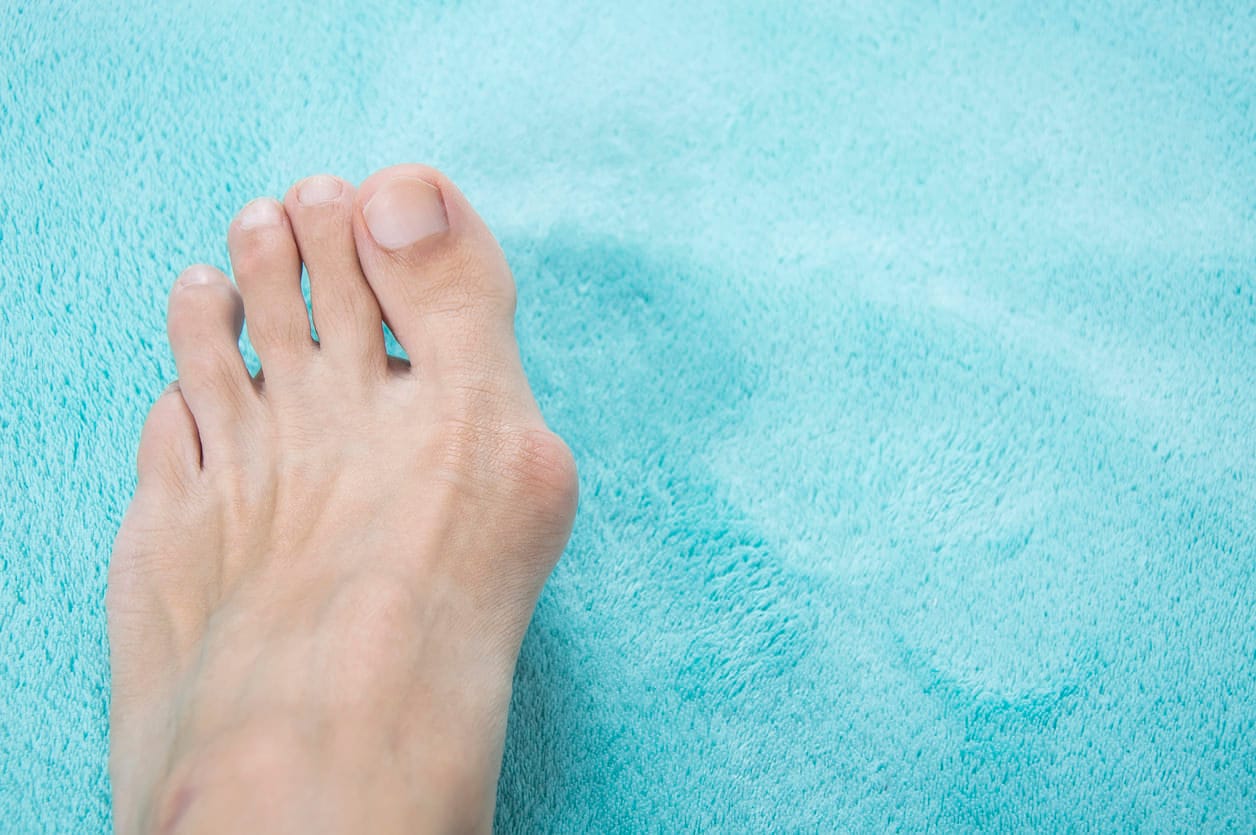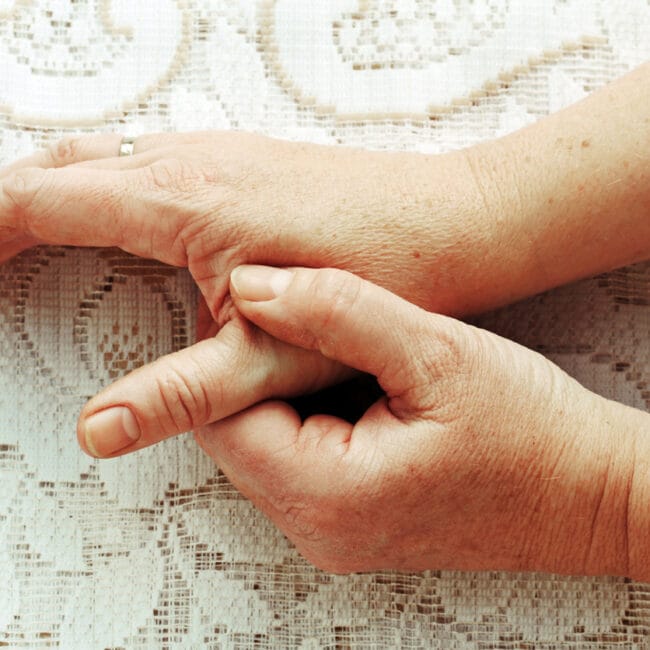If you have a firm, painful bump at the base of your big toe, it is most likely a bunion. While small bunions, known as bunionettes, can also form at the base of your little toe, the overwhelming majority of bunions form on the big toe. Once a bunion has formed, there are no easy ways to undo it, with surgery being the only effective treatment to get rid of it. However, surgery is usually a last resort, and if caught early, there are methods to reduce the pain and severity of the bunion. In this blog, we will focus on how bunions form, and what you can do to prevent them.
Identifying a Bunion
The most obvious sign of a bunion is the appearance of a bump at the outside base of your big toe. They can often be confused for, and even occur alongside, corns & calluses. Corns and calluses are patches of dry, dead skin that occur when an area of the foot is put under repeated and excessive friction. A callus is generally hard, dry, and painless to the touch, whereas a corn will be a yellowish-white on the outside, with a hard centre, and painful to the touch.
Bunions often occur in conjunction with corns and calluses, as the protrusion will repeatedly rub against our shoes. However, bunions may also swell and appear red, be painful when we walk, and restrict the movement of the big toe. Another key distinguishing feature of bunions is that the big toe will overlap with the toe next to it.
What Causes Bunions?
There are several different factors that can contribute to the formation of a bunion, one or more of which may be responsible for yours. The first is that hereditary factors may be to blame, with the shape of your feet meaning you are predisposed to bunions. Therefore, if bunions have been a persistent problem for your parents or grandparents, you may want to consult a podiatrist preemptively.
Foot injuries, such as a broken toe, may also have an effect on the shape of your feet, and make it more likely that you will develop a bunion once the injury has healed. If you have endured such an injury, you may notice that the shape of your foot has changed in comparison to the other foot, or how it appeared pre-injury. If so, you may have an increased risk of developing a bunion.
Other health factors, such as diabetes, or rheumatoid arthritis, can lead to inflammation in the feet. This can force the big toe out of its natural alignment, and over time, may lead to a bunion.
Finally, ill-fitting shoes shoes can also force your big toe out of alignment, and gradually result in a bunion. This mainly applies to shoes that are too tight, particularly high-heels and shoes that are too pointed at the front.
Prevention
As stated above, surgery is the only option available to reverse a bunion that has already formed, so prevention is the most important part of dealing with the issue. The most effective way to do this is to ensure that you are wearing the right type of shoes, and not squeezing your feet into shoes that are too small. There are also separators you can buy to realign your toes and prevent the situation from deteriorating. However, you should also examine your feet, taking note of any bumps or overlaps in your toes, and consult a podiatrist as soon as possible if you suspect a bunion may be forming.
To learn more about how to tackle this issue, see our blog on what to do about a bunion.











